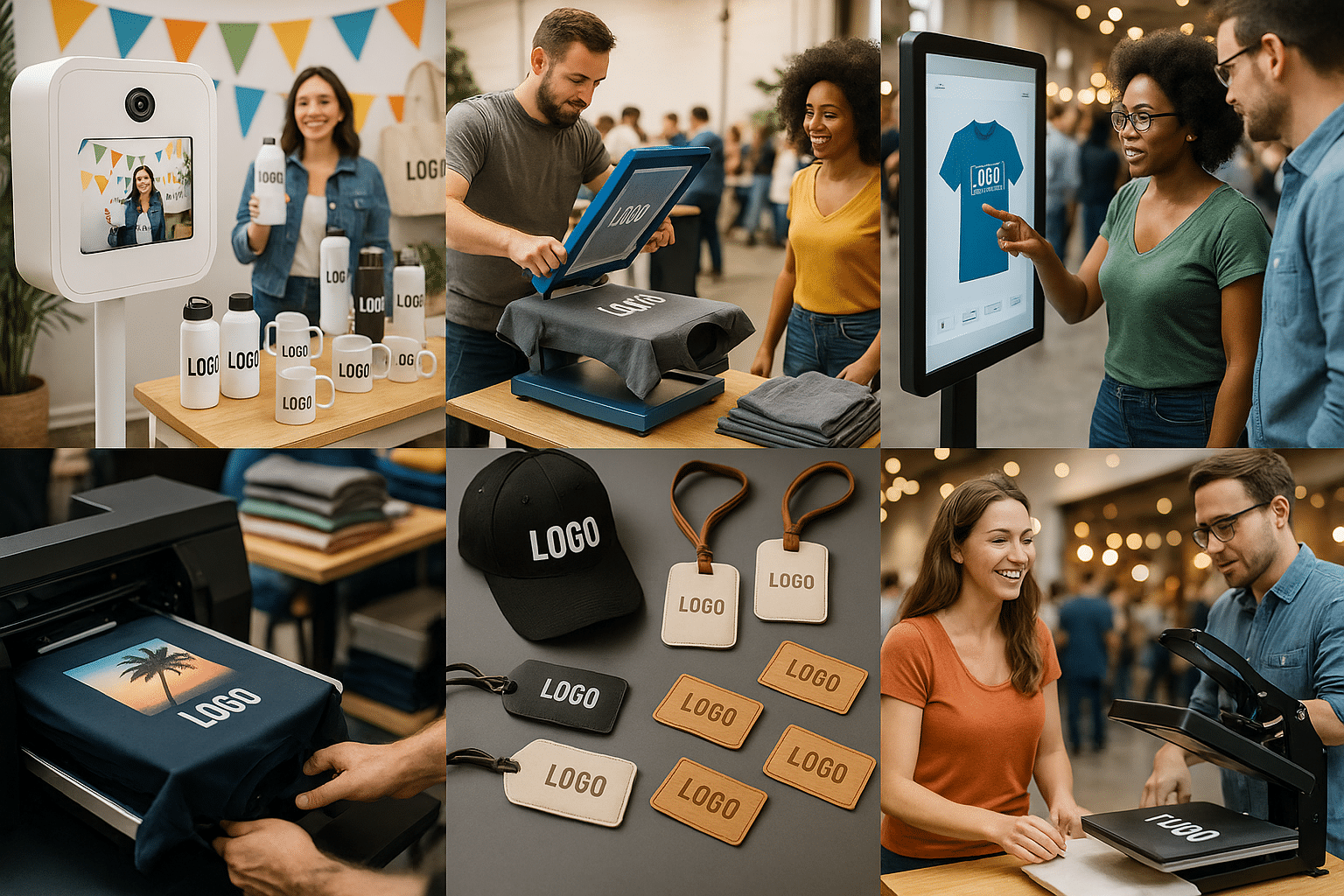Essential Event Planning Tips for Success
Essential Event Planning Tips for Success

In the world of event planning, creativity, strategy, and organization are key to creating unforgettable experiences. This article delves into event planning tips, interactive trends, and DIY inspirations while highlighting innovative marketing strategies and essential behind-the-scenes insights. Dive into the art of successful event execution, showcasing unique products that can enhance the overall attendee experience.
The Foundations of Event Planning
When it comes to successful event planning, the first step begins with clearly defining the purpose of the event. Is it a corporate gathering aiming to boost team morale? A wedding celebration? Or perhaps a community fundraiser? Understanding the event’s core objective helps provide focus and direction throughout the planning process, guiding every decision, from theme and décor to budget allocation and marketing strategy. Without a well-defined purpose, the event risks becoming a disorganized collection of ideas, rather than a cohesive experience that resonates with attendees.
Equally pivotal in the planning process is establishing a comprehensive budget. This budget serves as your roadmap, outlining not only how much you’ll spend but also where every dollar will go. Consider all aspects such as venue costs, catering, entertainment, decoration, and technology. Don’t overlook essential items that can provide added value for attendees, like thermal bottles or custom mugs that guests can take home as keepsakes. Also, set aside a buffer for unexpected expenses. A smart planner always anticipates sudden costs, whether it’s last-minute equipment rentals or extra food orders. Knowing how to allocate your budget effectively will prevent financial constraints from undermining your event’s quality.
Assembling a talented and dedicated planning team is another cornerstone of successful event organization. Depending on the scale of your event, you might need a diverse group of professionals, including a coordinator, marketing specialists, technical staff, and volunteers. Each team member should have clear roles and responsibilities tailored to their competencies. For example, someone with a knack for design might oversee the décor and branding while another might handle logistics and operations. Collaboration is essential, as team members will need to work closely to ensure every aspect of the event aligns with the established vision and stays within budget.
When selecting the perfect venue, several key factors come into play. The location should not only align with your budget but also be accessible to your target audience. Consider factors like parking, public transportation options, and local accommodations for out-of-town guests. Additionally, venue capacity is critical; you want to ensure there’s enough space for guests to mingle comfortably, without feeling cramped. A well-chosen venue also enhances the event’s atmosphere. Whether you opt for a trendy loft, a cozy rustic barn, or a luxurious ballroom, the ambiance should reflect the event’s purpose and engage your attendees.
Managing logistics effectively is vital to the seamless execution of any event. This includes everything from audiovisual needs, seating arrangements, and catering to event schedules and emergency plans. A timeline can prove indispensable, offering a detailed schedule of all tasks leading up to and during the event. Specify who is responsible for each task and when it should be completed. This systematic approach can alleviate stress on the day of the event and ensure that everything runs smoothly.
Understanding your target audience is crucial in crafting an event that speaks to them, engages their interests, and keeps them coming back for more. Consider their demographics and preferences when planning each element. For instance, working professionals might appreciate interactive workshops during a corporate event, while families may desire kid-friendly activities at community gatherings. Including interactive elements, such as a photo booth, can enhance the engagement factor and create a memorable experience for attendees. By providing fun props and instant photo prints, you can encourage networking and conversation in an enjoyable setting. If you choose to hire a photo booth, ensure you understand its cost implications; there are various budget-friendly options on the market.
To elevate the event experience, consider incorporating DIY inspiration throughout your planning. This could be as simple as designing personalized badges, creating custom luggage tags for attendees, or organizing a crafting station where guests can make their own souvenirs. Not only does this add a unique touch, but it also allows participants to engage with the event actively and foster connections with one another. Using branded items such as caps or hoodies can also enhance your event’s branding; guests love to wear apparel that represents memorable occasions!
However, there are common pitfalls that event planners should be cognizant of. One such mistake is overextending the budget, often driven by the desire to impress. It’s important to stay true to your financial limitations and focus on what will create the most value for your specific event. Another pitfall is underestimating the time it will take to plan. Many elements will require attention weeks, if not months prior; building a realistic timeline can help in managing these tasks effectively. Additionally, avoiding assumptions about your attendees’ preferences can lead to unanticipated low engagement. Continuous feedback and open communication with your audience will keep you updated on their interests.
Ultimately, effective planning plays a pivotal role in an event’s overall success. When every detail is well thought out, from the theme to the interactive elements, attendees leave with a positive impression and memories that linger long after the event concludes. They are more likely to talk about it with others, leading to increased word-of-mouth marketing for future gatherings. So, whether it’s through a simple yet stylish thermal bottle or a quirky photo booth, every element should work harmoniously to create an unforgettable experience that aligns with the event’s purpose and, above all, resonates with your audience.
Conclusions
In summary, effective event planning combines creativity with strategic marketing and practical logistics. By utilizing DIY inspiration, leveraging interactive trends, and ensuring quality branding, you can create memorable events. Remember to focus on details, such as product selection, to elevate attendee experiences. With these tips, your next event will surely leave a lasting impression.




